As Instagram grows, so too does advertising on the platform. It’s Facebook on the back end, but Instagram is a world of its own. Everything from the targeting options, the valuable demographics, to the pricing is unique to the site. How much will it cost?
If you’re a frequent reader of my posts, one common trend you’ll recognize by now is the fact that nothing is every easy to answer. I don’t have an answer for you about this either. I can’t tell you how much your advertising will cost, because a dozen different factors will adjust that cost up or down, and they’re all unique to your business. The best I can do is give you a list of those factors and various cost ranges associated with them, so you can get an idea of what you’re going to be spending.
Mitigating Factors
There are a few factors that will change costs even if you line up directly with everything below and can estimate your costs otherwise perfectly.
The first is competition. Since Instagram ads run through an ad auction system, competition coming and going will have an impact on pricing. If your competition doesn’t feel like buying in this month, you’ll be able to get your ad placement relatively cheap. If your competition wants to out-spend everything for a month, you’re going to see costs going up until one of you out-bids the others.
Somewhat related is timing. Certain times of year tend to be higher volume and higher competition than other times. Everyone ramps up around the Thanksgiving – Christmas time, often through New Years as well. Others will ramp up at different times throughout the year. National unofficial holidays like National Taco Day, National Ice Cream Day, and so on, tend to get restaurants in those niches bumping up for a week.
Another related factor is growth. Instagram as a platform has become immensely popular, and in early 2018 the platform started opening up to be more friendly to marketers using third party tools. As Instagram grows, and as the presence of marketers increases, costs will increase. At the same time, engagement rates and ad visibility will decrease. The effect compounds to make it harder and harder every year. Your money simply won’t stretch as far next year as it does this year.
You also have to consider historical performance. Facebook’s ad system – and thus Instagram’s ad system – maintains a quality score for marketing accounts. Ads that do well, with good targeting and high relevance to the content, landing page, and audience will be rewarded. Worse ads with worse of any of those factors will have a harder time reaching people, with higher fees and less leeway. The better you do, the better you can continue to do, so long as you don’t mess it up along the way.
Location
I don’t mean location on Instagram. I mean geographic location for targeting. We’re all used to paid advertising varying per region, but the actual variance might stray in different directions than you think.
If you had to make a guess, what countries would you assume cost the most to reach? If you’re like me, you would guess the USA, Britain, Australia, Canada, and maybe a handful of the G8 European countries. In actuality, that’s not really accurate. According to AdEspresso – where most of my data is coming from – the most expensive countries are: Vietnam, Kenya, the USA, Nigeria, Jordan, Jamaica, Norway, Qatar, and South Korea. Vietnam tops the charts at $3.73 per click, the USA averages $3.56 per click, and Korea drops down to $2.44 per click. Other countries, like Japan, Austria, Finland, Canada, and Germany are all under $2.
This matters only inasmuch as it gives you a broad baseline for costs. If you’re in a position where you can sell internationally and can appeal to audiences in certain cheaper countries, it might be worthwhile to pursue. Otherwise, it’s not really actionable information.
This doesn’t take into consideration a lot of the ultra-cheap countries like, say, India or the Philippines. Yes, reaching those countries is likely to be a lot cheaper, but at the same time, it’s also likely to not be very valuable. My data sources don’t cover every country in the world, just some averages on the higher end of useful.
Age Range
Instagram may have been made popular by the younger generation, but it has steadily been invaded by the older. There’s nothing wrong with this, it’s a natural part of a social network expanding to over a billion visitors. It just means you need to keep in mind the differences in generation and the different strategies needed to market to each generation in turn.
For Instagram, the cost of marketing across all age ranges is going up quarter to quarter. Again, this isn’t something you can really do anything about, it’s just knowledge to have. Marketing will continue to get more expensive until an equilibrium point is reached.
As far as specific age ranges, 18-24 is your typical young Millennials and older Gen-Zs. They hover at around 75-80 cents per click. 25-34, the older Millennial group, is up around $1.25 per click. 35-44 is similar, though a little cheaper. 45-54 drops down to 88 cents per click, which is about the same for 55-64. 65+ is an underrepresented age range on the photo sharing site, but it exists, and costs a bit over $1 per click to reach.
Interestingly, there’s a 13-17 age range as well, but costs dropped over the course of 2017 from nearly 70 cents to only 20 cents. This drop is largely due to Facebook’s increasing privacy concerns and limitations placed on younger users and their accounts. This is coupled with the fickle nature of young people moving to the next big thing, be it Snapchat, Kik, or whatever other messaging system they feel isn’t monitored by big business (they all are).
Gender
There’s a whole can of worms to be opened considering that now, in 2018, Instagram and Facebook and all the rest still only have two gender options. Sure, it might be a bit more dev work to add more than just two, or even add a nonbinary option to the list, but it’s something future social networks are going to have to do if they want to attract a sizable portion of the population. Of course, for the moment, “non-standard” genders open up a user to a lot of harassment, so perhaps it’s a good thing you can’t explicitly target them with advertising.
Instagram’s gender binary is fairly static; 50.7% identify as male, 49.3% identify as female, and that’s around 500 million people in either category. As expected, costs per click rose quarter over quarter, with females costing more than males. Finally, breaking the glass ceiling, right? Targeting males cost around $1.10, while females were a whole 7 cents more at $1.17, again according to the AdEspresso data. Other sources may have different numbers.
Ad Placement
Your choice of ad placement has a pretty big impact on ad costs per click. Stories ads clock in around 65 cents per click, while main feed ads are over $1.10 per click. These tend to adjust upwards in Q4 each year as, like I mentioned above, everyone rushes to get their holiday-themed advertising in front of the masses. The effect is even more dramatic on Facebook, where right column ad placement jumps from about $1.25 to $4.50 in the spam of a month. It drops back down come January, but that quarter tends to be pretty steep. There aren’t many available ad positions on Instagram, so there’s not much variation to be found here.
Time Periods
Costs range up and down month to month, with spikes in March, June, and October. Valleys where the costs hit their bottom are in February, April, and August, with every other month showing a trend either up or down to hit the peaks and valleys. This is data from 2017, though it will likely be mimicked in 2018. The key is that the depth of the valleys is getting shallower, while the height of the peaks is getting higher. In other words, costs are rising across the board. Again, nothing we don’t already know from other data sources.
Day by day costs are relatively stable, though they rise quarter by quarter. Weekends are the lowest, at around 75 cents per click. Monday is the highest, at almost $1.15 per click, while there’s a slump on Thursday dropping to 85 cents or so.
Remember, data like this is about the cost per click for advertising on Instagram. Lower prices are better, since it’s the cost you pay per click. However, you have to balance the lower cost with the conversion factors you might encounter.
For example, sure, weekends have the lowest cost per click of any weekday. If you try to advertise a business product on a weekend, though, you’ll find that a lot of people are going to ignore it. They’re off the clock, they don’t want to think about work, and even if they do, they aren’t likely going to be able to get authorization for a business purchase on a weekend. This is the kind of external factor you always have to keep in mind.
Other Factors to Consider
In addition to everything I’ve mentioned above, there are a lot of other factors that can skew pricing up or down.
For one thing, you have to pay attention to your marketing material. Your ad copy, your images, your Stories, need to be aimed at appealing to the people you’re targeting with those ads. The more of a disconnect you have, the more expensive clicks will be, because your click rates will be lower. This then stacks up because of compounding quality scores, making everything more expensive than it needs to be.
It’s also worthwhile to pay attention to your industry and the size of your prospective audience. Instagram is primarily a B2C marketing platform. You may want to reach other businesses with B2B marketing, but chances are the people running those business accounts aren’t paying much attention to feeds outside of their own. Some industries are naturally more expensive than others, while some have such small audiences that it’s not even really worth using the platform to reach them.
Also, remember that remarketing is a thing that exists. You can pay for clicks for an initial burst of traffic, and that’s the cost for those clicks, which you offset by however much profit you can get from those clicks. However, it builds you an audience with the Facebook Tracking Pixel that will be an exceptionally well targeted audience for future advertising. That specific audience may or may not be cheaper than the initial audience, but you should be able to have more targeted ad copy, leading to higher conversion rates and better profit margins.
There are all sorts of tips I could give you for optimizing your Instagram ads, but others have covered the topic quite well. For that matter, I’ve covered tips for Story ads myself. There’s a lot you can learn about running ads appropriately, from a variety of sources.
At the end of the day, plan for clicks to range from $1 to $3 and you should be fine. Sometimes they’ll cost more, sometimes they’ll cost less, but the bell curve distribution indicates that the majority of the time they’ll fall into that range. Once you get your initial data, you can optimize your ads to improve the cost per click and make out even better.
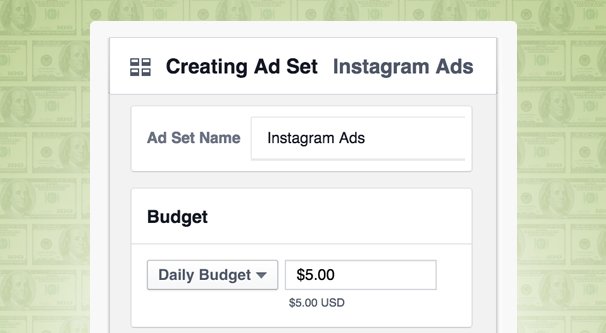
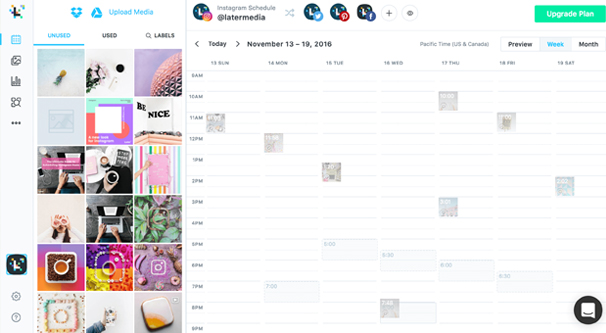
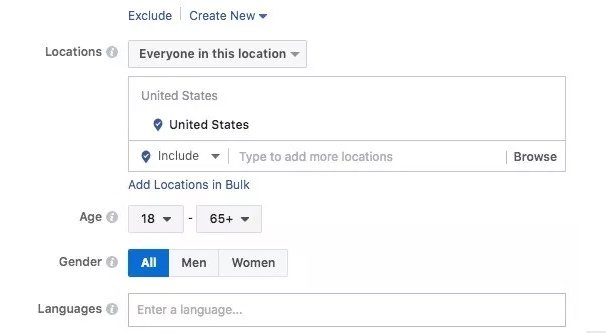
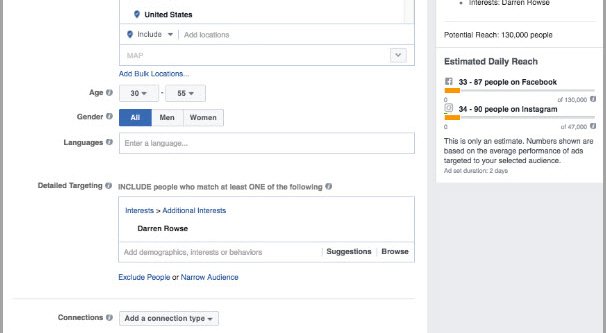
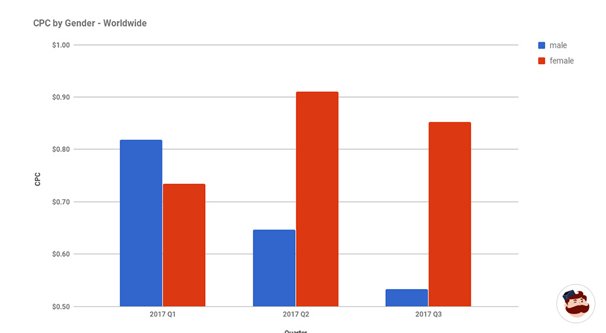

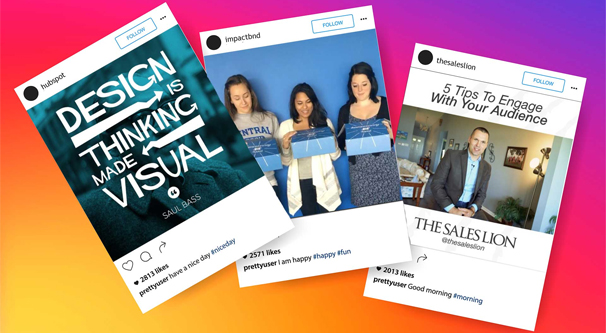
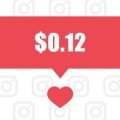
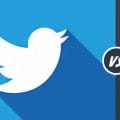


Good read. Nice to know I’m not over-paying. Was surprised to hear that Vietnam was found to be the most expensive country. Wonder what’s driving up the prices there.
Is spending $10 per day way too little for a small business or does that sound about right? I’ve been getting some decent clicks and phone calls but I don’t want to overpay. It is for a local gym. Any advice is appreciated. I think I have gotten the pricing as low as I could